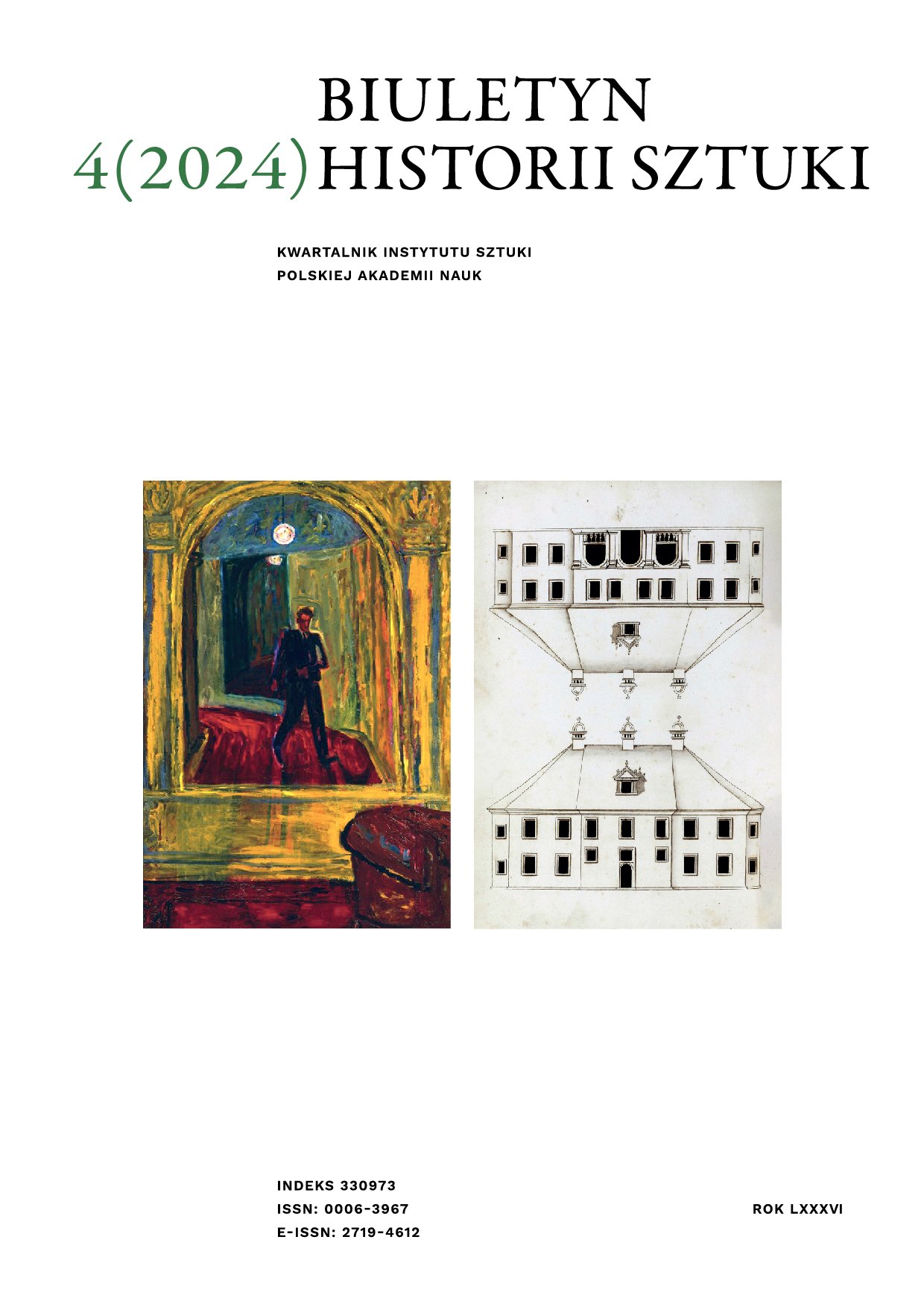„Rzymskie lata” Giovanniego
Battisty Gisleniego i jego nagrobek
z kościoła Santa Maria del Popolo
w świetle nowych badań
Giovanni Battista Gisleni’s “Roman Years” and his Epitaph in the Church of Santa
Maria del Popolo in the Light of New Research
Author(s): Hanna Osiecka-SamsonowiczSubject(s): Social history, 17th Century, History of Art
Published by: Instytut Sztuki Polskiej Akademii Nauk
Keywords: Giovanni Battista Gisleni; Orazio Quaranta; Jakob Ferdinand Voet; Giovanni Francesco de Rossi; Rome; S. Maria del Popolo; Roman funerary sculpture in the 17th century;
Summary/Abstract: The article presents new findings on the last period of the life of Giovanni Battista Gisleni (1600–1672), an architect and designer of ephemeral decorations, who in 1655 returned from the Commonwealth of Poland and Lithuania to his native Rome, where he then failed to achieve professional success. The patronage of the Cardinal Protector of the Commonwealth, Virginio Orsini, brought him mianly commissions unrelated to his skills. He became famous for the design of his own tombstone, erected in 1671 in the church of S. Maria del Popolo, which was included in most of the contemporary “guidebooks” to Rome. The monument is made of varicoloured marbles; its noteworthy feature is a portrait of Gisleni, painted by Jakob Ferdinand Voet in an unusual technique: with oil paint on a slate plate, and then trimmed following the contours of the figure, which gave the image a sculptural quality. Two anonymous copies of this portrait, painted on canvas, extant in the collections of the Accademia di S. Luca and the Palazzo Pitti in Florence, fail to match the expressiveness of the original. The naturalistic figure of the caged skeleton which is a part of the tombstone was most probably sculpted by Gisleni’s collaborator, Giovanni Francesco de Rossi. The complex ideological message of the monument is explained in a print, discussed at length in the article, published in 1671; its author was probably the erudite Orazio Quaranta, the author of the inscription on Gisleni’s tombstone.
Journal: Biuletyn Historii Sztuki
- Issue Year: 86/2024
- Issue No: 4
- Page Range: 5-30
- Page Count: 26
- Language: Polish

